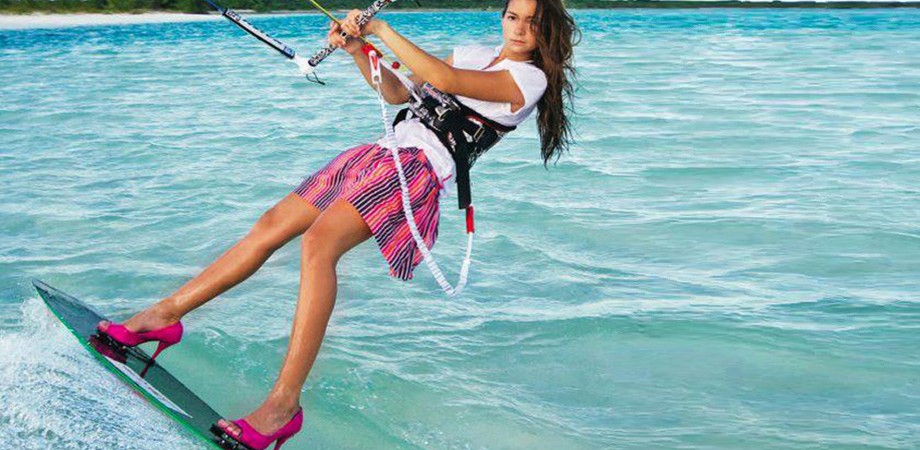
[icegram campaigns=”7743″]
The latest craze hitting the beaches of Tarifa and kitesurfing beaches all over the world is riding surfboards without foot straps. People are either taking their old kite surf surfboards and removing the straps or dusting off their (often even older!) surfboards waxing them up and heading out. If you fancy giving this a try read on….
Riding strapless has many advantages. The first of which is that it gives you a reason to dig that old surfboard out of the garage and get some use out of it. There is no specific size that works best though something around 6’2″ is probably ideal. I use an old Mini Mal board which measures in at an impressive 7’8″ and means I can ride in almost no wind!
For those of you with knee problems the freedom of strapless riding may just give your kitesurfing a new lease of life. Due to the fact that your feet are now free to move around the board as much as you like, rather than being held in one constant position you can relieve the strain on any aching muscles much easier and save those knees from all the jarring they normally take in an average strapped session by being locked into one position.
The sense of freedom you get being able to walk to up and down your board in this fashion makes the actual feel of riding much more akin to windsurfing. As you get good you can even master jumps and all sorts of crazy tricks.
Most people look at strapless riding and wonder how the hell the board stays on your feet. To be honest as long as the waters not too choppy it’s fairly simple. The opposing forces of the kite and the water actually glue the board to your feet, just notice next time your simply riding your twin tip how little you rely on the straps to keep your feet in place when you’re actually riding (on flattish water) and you’ll see what I mean.
The trickiest part (at least until you start tackling waves) is the actual water start, because of the extra volume in front of your feet (as the nose of the surf board extends a lot further in front of you than it does behind) the board has a tendency to screw into wind as your attempting to waterstart, to couter act this you need to really curl your back leg under you while pushing away with your front. Added to this however is the fact that you’re going to lose the board every time a wave hits you while your setting your self up. For this reason you’re better off practicing this initially on calm days. This is made easier if you have a massive board that you can take out when the wind is light and the water pretty flat. Oh…and make sure you wax the board up well!